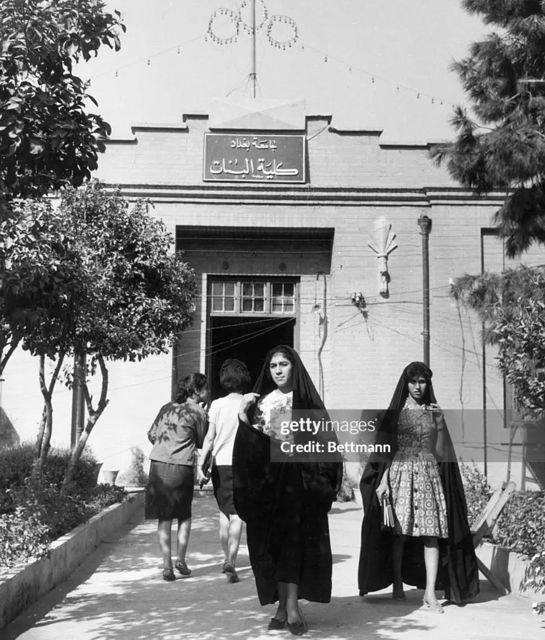Newspapers, radio stations, and literary publications flourished, creating a lively intellectual scene. Iraq had a thriving arts culture, including traditional music, modern theater, and emerging cinema. Baghdad became a hub for intellectual and artistic activity in the Arab world. The country’s mosaic of Sunni and Shia Muslims, Kurds, Christians, and other minorities contributed to a vibrant cultural environment but also presented challenges for governance and national unity.
The Kurdish population in northern Iraq sought autonomy and resisted central authority, leading to intermittent conflict with Baghdad. Shia Arabs made up the majority population but often had limited political influence during the monarchy and early republic. Sunni elites dominated politics and military leadership, contributing to long-term social and sectarian tensions. These internal divisions created conditions that authoritarian leaders, like Saddam, later exploited to consolidate power.


